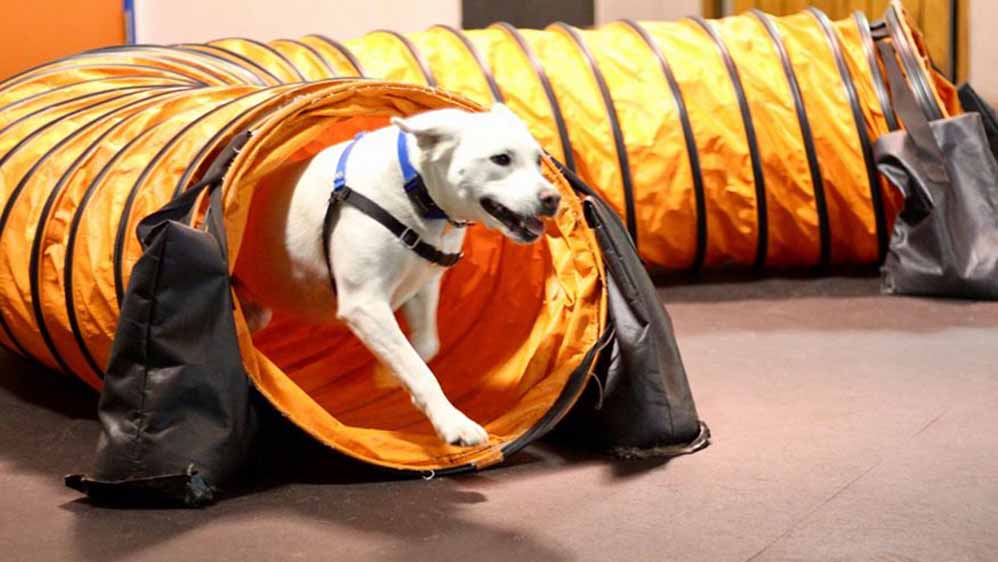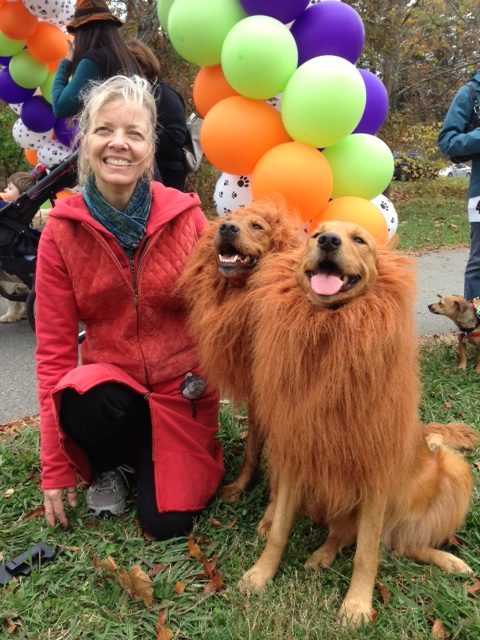Usual Behavioral Issues and Their Solutions in Dog Training
Usual Behavioral Issues and Their Solutions in Dog Training
Blog Article
Vital Tips for Successful Dog Training: A Guide for Pet Dog Owners
Reliable dog training is a complex process that requires a calculated approach customized to both the pet dog's personality and the owner's goals. Key components such as developing consistent commands, using positive support, and assisting in very early socialization play essential duties in fostering a well-adjusted canine friend. However, several family pet owners encounter obstacles that can impede progress, causing disappointment and unpredictability. Understanding how to browse these barriers can substantially enhance the training experience, eventually changing the connection in between owner and dog. What are the essential strategies that can be employed to ensure success in this undertaking?
Recognizing Dog Actions
Comprehending pet actions is important for effective training and cultivating a harmonious connection in between dogs and their owners. Pet dogs interact mostly through body language, vocalizations, and actions, making it crucial for owners to interpret these signals precisely. Identifying a canine's pose, tail setting, and ear alignment can offer understandings right into its emotional state. As an example, a wagging tail does not always indicate joy; it can additionally signal excitement or anxiety.

Socializing plays a substantial function in dog behavior; exposure to various atmospheres, individuals, and various other pets can significantly impact a dog's temperament. Furthermore, variables such as type characteristics and specific temperament must direct training approaches, as some types may have specific behavioral qualities that necessitate tailored techniques. By understanding these aspects, owners can produce a helpful environment that encourages positive actions, causing successful training results and a deeper bond with their family pets.
Establishing Constant Commands
Efficient interaction with your pet starts with developing regular commands. This foundational aspect of training is critical for cultivating understanding between you and your pet. Uniformity in the commands you use makes sure that your dog can dependably link certain words or phrases with the wanted habits.
When picking commands, pick clear, distinct words that are simple to state and differentiate from each other. Stay clear of utilizing similar-sounding commands that might perplex your pet dog. As an example, making use of "sit" and "remain" is suitable, yet "sit" and "struck" can cause misconceptions.
Furthermore, maintain the very same tone and quantity for every command. Canines are sensitive to vocal hints, so varying your tone can create complication.
It is equally important to ensure that all member of the family get on the same page pertaining to the commands made use of. A united front in command usage will certainly avoid mixed signals and strengthen the knowing procedure.
Positive Reinforcement Techniques
The power of favorable reinforcement in dog training depends on its ability to motivate desired habits with benefits and praise. This technique is based in the concept that behaviors followed by desirable results are more probable to be repeated. By including favorable support into your training program, you can properly shape your pet's behavior in a useful way.
To implement positive reinforcement, it's vital to determine what inspires your pet dog, whether it be treats, playthings, or spoken appreciation. When your pet executes a wanted activity, such as resting on command, right away award them with a treat or love. This organization in between the command and the positive result reinforces their understanding.
It's vital to timing the rewards correctly; providing website link the support within secs of the this website preferred behavior helps your pet dog make the connection (dog training). Furthermore, consistency is vital-- guarantee that all relative use the same commands and benefit systems to avoid confusion

Progressively, you can minimize the regularity of deals with as your dog finds out the behavior, transitioning to praise or intermittent rewards. This approach not just cultivates a strong bond between you and your canine however also promotes a positive discovering atmosphere, making educating a pleasurable experience for both.
Socialization and Interaction
Continually exposing your dog to a selection of atmospheres, people, and various other animals is crucial for their social growth. Socializing should begin early, ideally throughout the critical home window of 3 to 14 weeks, when pups are most responsive to new experiences. Older canines can also benefit from continuous socialization initiatives.
Introduce your pet dog to various settings, such as parks, pet-friendly shops, and city areas. This direct exposure assists them adapt to different stimulations, minimizing anxiousness and concern feedbacks. Motivate positive communications with other canines and individuals, ensuring that these experiences are controlled and safe to cultivate self-confidence.
Utilize structured playdates with courteous pets, as this can boost your dog's social abilities and teach them suitable actions. Obedience classes and training sessions likewise supply superb chances for socialization, enabling your dog to connect with others in a supervised atmosphere.
Monitor your pet dog's body movement during communications, as this will assist you evaluate their convenience degree. Progressively enhance exposure to more difficult scenarios while guaranteeing that each experience is positive. A well-socialized dog is more most likely to exhibit balanced habits, making them a joy to have in any setting.
Attending To Typical Training Obstacles
Every pet owner will encounter training obstacles at some point, regardless of their dog's age or socialization degree. Identifying typical concerns such as stubbornness, interruptions, and fearfulness can help in developing reliable approaches for renovation.

Interruptions throughout training sessions can derail emphasis. To combat this, begin training in a quiet atmosphere with minimal stimuli. Gradually present diversions as the canine ends up being a lot more skillful in commands. Short, constant training sessions are likewise reliable in keeping focus.
Fearfulness can prevent a pet dog's understanding process. Progressive desensitization to the source of concern, paired with positive support, can aid reduce anxiety. Persistence this post is essential; never require a dog into a circumstance that causes distress, as this may intensify the problem.
Eventually, understanding and resolving these typical difficulties with a structured technique will certainly cultivate a much more productive training experience, strengthening the bond between canine and proprietor while promoting reliable discovering.
Verdict
In recap, successful pet dog training depends on a thorough understanding of canine actions, the facility of constant commands, and the application of favorable reinforcement strategies. Socializing plays a vital duty in creating well-adjusted family pets, while dealing with typical training challenges requires perseverance and adaptability. By applying these important techniques, pet dog proprietors can cultivate a solid bond with their dogs and promote desirable habits, ultimately causing a harmonious relationship between humans and their canine companions.
Understanding canine actions is crucial for reliable training and cultivating an unified connection between pooches and their proprietors.Socialization plays a substantial role in pet dog behavior; direct exposure to numerous settings, individuals, and various other pets can considerably affect a dog's character.The power of favorable reinforcement in dog training lies in its capability to motivate preferred habits through benefits and praise. By incorporating positive support into your training program, you can successfully shape your pet dog's habits in a useful way.
In summary, effective canine training counts on a detailed understanding of canine habits, the establishment of constant commands, and the application of favorable support methods.
Report this page